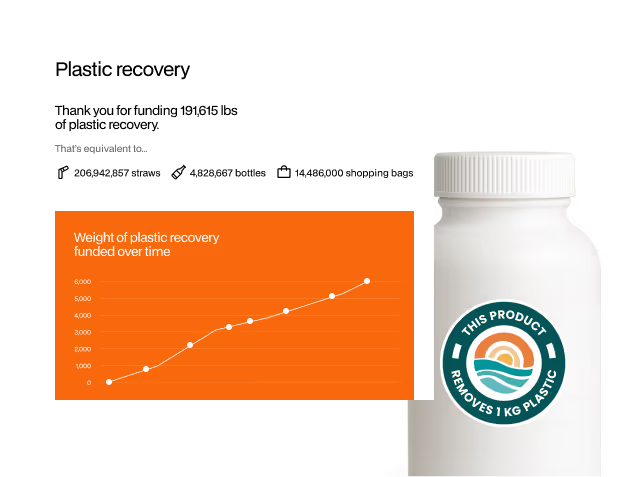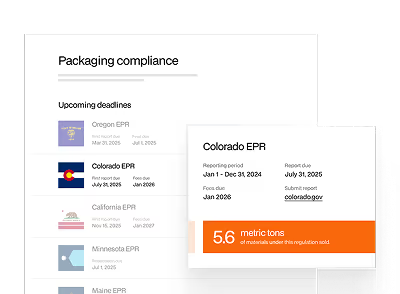As world leaders made a beeline for COP26 in Glasgow, I found myself back home, in Coimbatore, India, surrounded by trees my family had nurtured over decades. In that time, the groundwater in and around our family farm fell by more than half, causing severe water shortages and crop failures on a regular basis.
With our planet’s alarm bells ringing louder than ever, I know from first-hand experience the ‘generational dread’ that has evoked a crippling sense of distrust and skepticism towards power brokers and innovators across the globe. It’s high time we ask ourselves: how do we navigate this dilemma of “progress versus perfect”, and move past the psychological gridlocks that are paralyzing a whole generation into apathy? Here are 3 thought-starters:
Stop painting the world as black and white, and bring nuance into the storytelling landscape
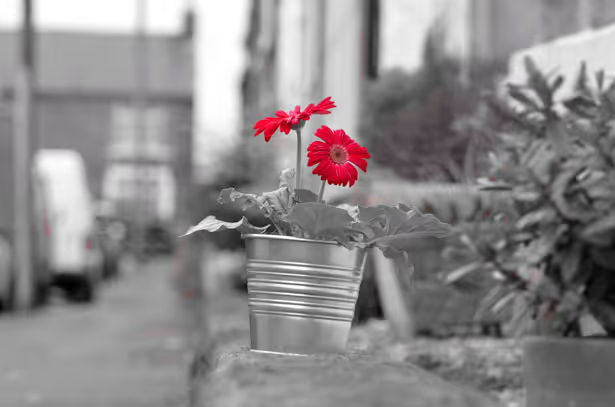
Misinformation is detrimental to our shared goal of climate progress. Nodes of influence such as prominent non-profits and media networks increasingly focus on overly reductive narratives that romanticize glamorous solutions, fail to provide a complete picture of the issues at hand, and gloss over genuine progress in the process.
In doing so, the fear of backlash discourages businesses and innovators from experimenting with and taking timely yet pragmatic actions, worried that their every move will be picked apart at a microscopic level. And even as I fully empathize with the dire sentiments of youth activists protesting at COP26 right now, we need to recognize the “double-edged sword” nature of these sorts of narratives.
Without nuanced and responsible storytelling, this revolution will not achieve what it set out to do, and the climate crisis will continue in its stalemate.
Everyone has their own agenda, but nobody is looking out for the entire system
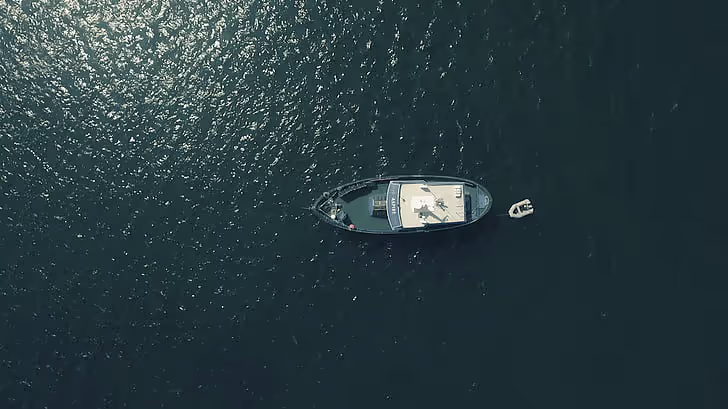
Make no mistake, everyone working in sustainability — from sensationalist non-profits funded by consumer donations to startups marketing their services — has an agenda that is at least somewhat driven by self-interest. As the founder of a plastic action platform supported by brands and businesses, I too am aware of my self-motivated biases.
But if we want to get this right, our sector is going to have to put in the effort, time, and money to build radically objective initiatives and frameworks to actually measure & compare the efficacy of impact initiatives, inform the right course of action for decision-makers, and determine where we should accelerate our efforts, and where we shouldn’t.
To do this properly, inclusivity of all dimensions is a must-have in our approach. Having Greenpeace and Nestlé’s execs bunking together on an ocean plastic expedition should not remain a fable of the past, but instead, become the norm.
Break down the silos of ‘Climate Tribalism’, and fit small pieces together into a bigger puzzle

The sustainability sector today is peppered with silos, each trying to solve the big crises on their own, and rarely, if ever, combining their efforts. These separate “tribes” are a key inhibitor to progress, and while we must retain the depth of these nodes, we are critically lacking the synapses that bridge innovations and efforts and create systemic change.
It’s important to recognize that there is never a single silver bullet solution to any of our environmental crises, and one should not over-engineer for that single magic fix. What we need is a holistic toolkit for each issue area, packed with a host of complementary solutions that work together. Also, consider innovations in an intersectional way, and prioritize initiatives that unlock multiplier effects.
Take plastic pollution: contrary to popular belief, reducing a company’s plastic usage is not actually an independent crusade, because the challenges are as individual as they are systemic. Plastic credits that finance collection infrastructure to ultimately increase the availability of recycled content, or offsets that accelerate everything-as-a-service business models benefit the entire system, and ought to happen alongside individual reduction initiatives.
The Power of Imperfect Progress
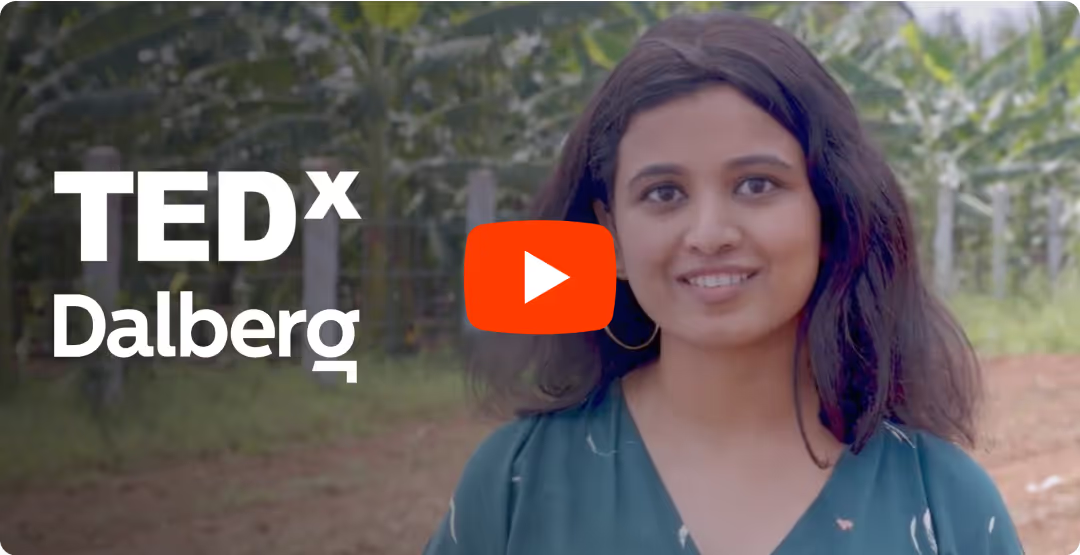
This past October, I was invited by Dalberg — a global impact consultancy and a member of our Plastic Neutral business coalition — to speak at their TEDx event for COP26. I was thrilled at the opportunity to share my take on imperfect progress and how we practice these principles at rePurpose Global. Head over to my Ted Talk to learn more.
The case for progress over perfection
Imperfect progress doesn’t mean we’re satisfied in our pursuit of perfection. It just means we are better today than we were yesterday. Back home, in my little corner of paradise, we started tackling groundwater depletion by introducing rainwater harvesting systems that also provided local farmers with increased incomes. Is it going to solve India’s water crisis? Probably not. But it is progress. And progress is critical.


.avif)
.avif)

.avif)




